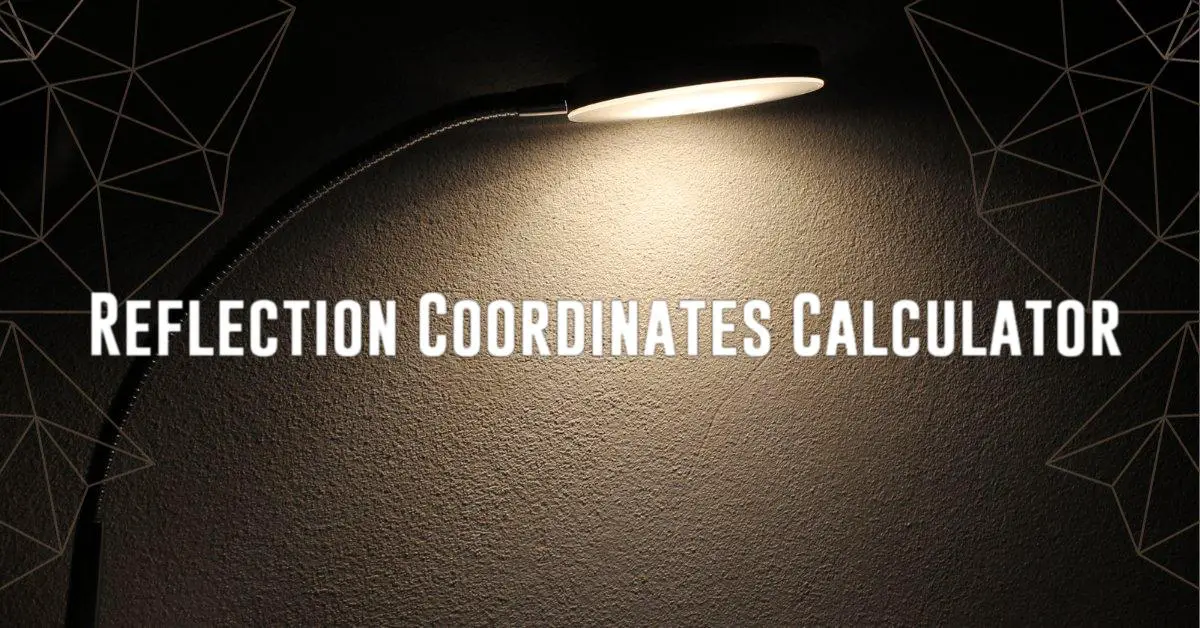What is Reflection Geometry Calculator?
Reflection geometry involves the transformation of an object or shape across a line, known as the line of reflection. This process creates a mirrored image that is the same size and shape as the original, but is flipped across the line. The Reflection Geometry Calculator is a tool that helps you determine the new coordinates of a shape after it has been reflected across a given line. By inputting the original coordinates and the equation of the line of reflection, the calculator can quickly and accurately provide you with the reflected coordinates.
How to Use the Reflection Geometry Calculator
Using the Reflection Geometry Calculator is simple and straightforward. To begin, you will need to input the coordinates of the shape that you want to reflect. You can enter the coordinates as (x, y) pairs, with each pair separated by a comma. Next, you will need to input the equation of the line of reflection. This equation should be in the form y = mx + b, where m is the slope of the line and b is the y-intercept.
Once you have entered all the required information, simply click the “Calculate” button to generate the reflected coordinates. The calculator will display the new coordinates of the shape after it has been reflected across the line you specified. You can use this information to plot the reflected shape on a graph or in any other way that you see fit.

Benefits of Using a Reflection Geometry Calculator
There are several benefits to using a Reflection Geometry Calculator. First and foremost, it saves time and effort by quickly providing you with the reflected coordinates of a shape. This can be especially helpful when working on geometry problems or projects that involve multiple reflections.
Additionally, the calculator helps to ensure accuracy in your work. By automating the reflection process, it reduces the likelihood of human error in calculating the new coordinates of a shape. This can be particularly useful for students studying geometry or professionals working on design or architectural projects.
Applications of Reflection Geometry
Reflection geometry is a fundamental concept that has many practical applications in various fields. In mathematics, reflections are used to study symmetry and shapes, and are an important part of understanding transformations. In art and design, reflections are often used to create interesting and visually appealing patterns and compositions.
In architecture, reflections are used to design buildings and structures that are visually striking and aesthetically pleasing. By incorporating reflections into their designs, architects can create buildings that appear symmetrical and balanced, even if they are asymmetrical in reality. Reflective surfaces such as glass facades and water features are commonly used to achieve this effect.
Conclusion
The Reflection Geometry Calculator is a valuable tool for anyone working with reflections in geometry. By quickly and accurately providing the new coordinates of a shape after it has been reflected across a line, the calculator simplifies the process of studying and working with reflections. Whether you are a student learning about geometry or a professional working on design projects, the Reflection Geometry Calculator can help you save time and ensure accuracy in your work.






